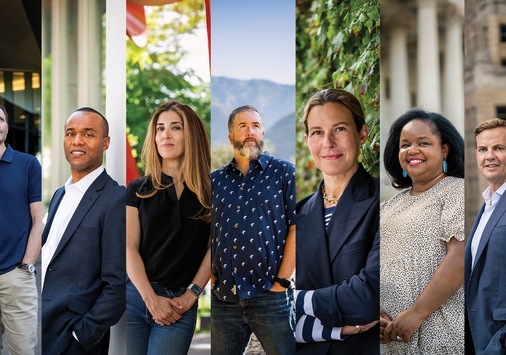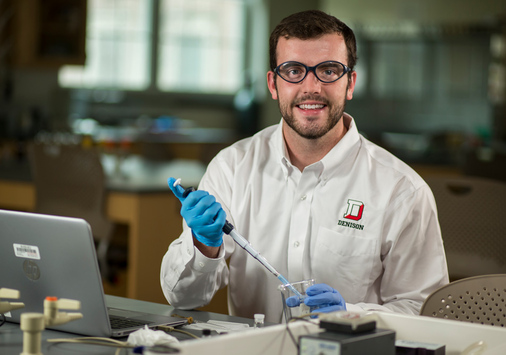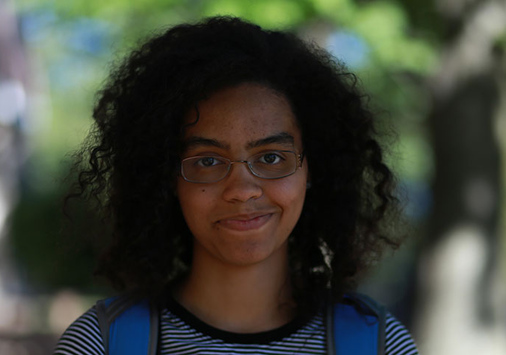Last semester, senior history majors created their capstone research projects in Adrian Young’s seminar Exploration and Cross-Cultural Encounter.
By the time they are seniors, history majors have experience doing research, analyzing evidence, understanding historical discussions, building their own arguments, and communicating their ideas to different audiences in written and spoken words.
Of all of these different pieces of historical research, sometimes the hardest part can be getting started: locating a topic, finding sources to provide evidence about that topic, and developing questions to investigate in those sources.
Young encouraged topic brainstorming and creative thinking through a field trip to the Byrd Polar and Climate Research Center Archival Program at The Ohio State University in Columbus.
It turns out that while travel to distant, on-location archives can be part of the joy of doing history, sometimes you can find archives about far-away places and times very close by.
The Byrd Polar and Climate Research Center Archival Program (Polar Archives), as described on its website, “advances knowledge, research, and learning about the world’s polar regions by collecting, preserving, and making accessible historical records, personal papers, photographs and other forms of documentation related to the exploration of the world’s polar regions.”
During the seminar’s visit to the Byrd Center, the archivist started by taking the class on a short tour of the stacks, the center’s library. The students were then introduced to the Polar Archives, the collections of primary sources about topics including expeditions to the Arctic and Antarctic. The class also spent some time with collections, up close and personal with primary sources.
Students looked at a set of Inuit carvings collected during the 1970s-80s, some photographs of Yahgan people (in Tierra del Fuego) taken during an Antarctic expedition in the early 20th century, and a series of field notes containing indigenous stories collected by an anthropologist in northern Australia during the 1920s.
And they did it all without ever leaving Ohio!














